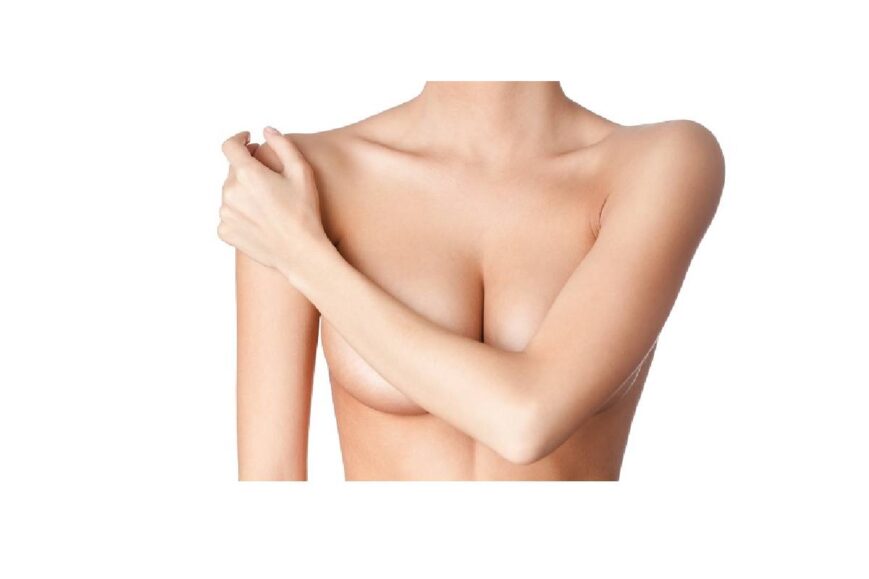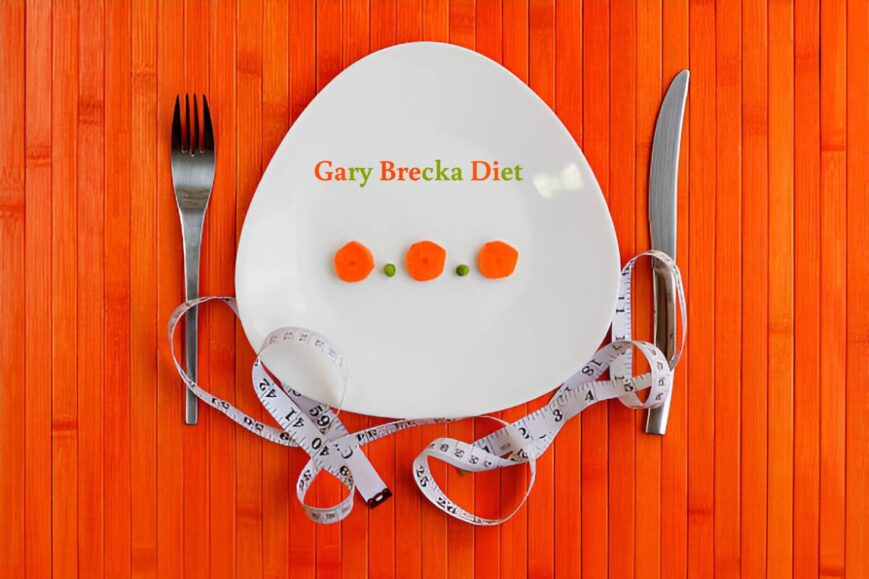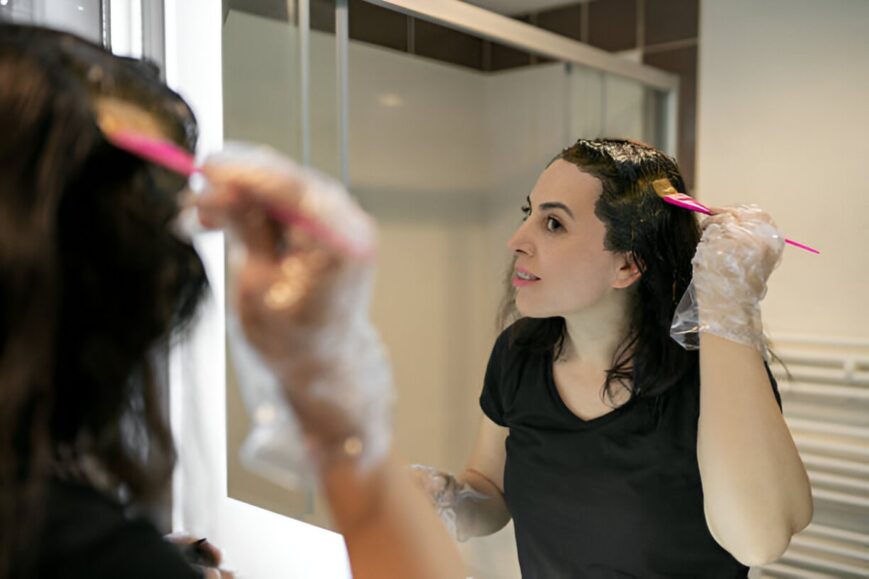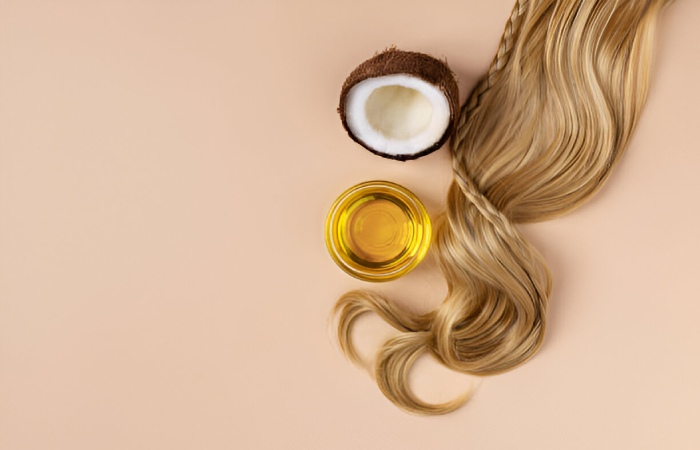How to Prepare for Your Breast Augmentation Consultation
Deciding to undergo breast augmentation is a significant and personal choice, and the initial consultation with your surgeon is a crucial step in the journey. This meeting allows you to ask questions, set expectations, and gather all the information you need to feel confident in your decision. Proper preparation can help you make the most of this consultation and ensure that all your concerns are addressed. Here’s a guide to help you get ready for your breast augmentation consultation.
Understand Why You’re Considering Breast Augmentation
Before your consultation, take time to reflect on why you’re interested in breast augmentation and what you hope to achieve. Being clear about your motivations will help you communicate effectively with your surgeon and set realistic goals.
-
Clarify Your Goals
Consider what you want to achieve from the procedure. Are you looking to increase your breast size, correct asymmetry, restore volume lost after pregnancy or weight loss, or improve the shape of your breasts? Understanding your goals will help you explain them to your surgeon, who can then guide you towards the most appropriate options.
-
Consider Your Motivations
It’s also essential to evaluate your motivations for undergoing breast augmentation. Are you doing it for yourself, or are external pressures influencing your decision? Ensuring that your decision is based on your personal desires can lead to a more fulfilling outcome.
Research and Choose a Reputable Surgeon
Choosing the right surgeon is a critical aspect of preparing for your consultation. A qualified and experienced surgeon can make all the difference in achieving your desired results safely.
-
Look for Board Certification and Experience
When searching for a surgeon, prioritise those who are board-certified and have extensive experience in performing breast augmentation. Research their credentials, read reviews, and check before-and-after photos to assess the quality of their work. A reputable surgeon will have a track record of satisfied patients and a portfolio that reflects their expertise.
-
Schedule a Consultation with Multiple Surgeons
It’s wise to schedule consultations with more than one surgeon to compare their approach, communication style, and recommendations. Each surgeon may offer different insights, and meeting with a few professionals can help you feel more confident in your final choice.
Prepare a List of Questions
Your consultation is an opportunity to get answers to all your questions and concerns. Preparing a list of questions in advance will help you cover all the essential topics without forgetting anything important.
-
Questions About the Procedure
Some questions to consider asking about the procedure include:
- What are the different types of implants, and which one do you recommend for me?
- Where will the incisions be made, and what will the scars look like?
- How long is the recovery period, and what should I expect during recovery?
-
Questions About the Surgeon’s Experience
To understand more about your surgeon’s qualifications and expertise, you might ask:
- How many breast augmentation surgeries have you performed?
- Can I see before-and-after photos of previous patients?
- What complications have you encountered, and how did you handle them?
Familiarise Yourself with Different Implant Options
Before your consultation, it’s helpful to have a basic understanding of the different types of breast implants available. This will make it easier to discuss your options with your surgeon and make informed decisions.
-
Silicone vs. Saline Implants
The two most common types of implants are silicone and saline. Silicone implants are filled with a cohesive gel that feels more like natural breast tissue, while saline implants are filled with a sterile saltwater solution. Each type has its advantages and potential drawbacks, and your surgeon can help you determine which option is best suited to your goals and body type.
-
Consider Implant Shape and Size
Implants come in different shapes and sizes, ranging from round to teardrop-shaped. The choice of implant shape can influence the final appearance of your breasts. During your consultation, discuss your desired size and shape with your surgeon and consider their recommendations based on your anatomy and goals.
Prepare Mentally and Emotionally
Cosmetic surgery is a significant decision that involves both physical and emotional considerations. Being mentally and emotionally prepared can help you approach the consultation with confidence and clarity.
-
Have Realistic Expectations
While breast augmentation can enhance your appearance, it’s essential to have realistic expectations about the outcome. Cosmetic surgery can improve your look and boost your confidence, but it won’t change your life or solve all your problems. Discuss your goals with your surgeon to ensure that your expectations align with what’s achievable.
-
Address Any Concerns or Anxiety
It’s normal to feel nervous or have concerns about undergoing surgery. If you’re feeling anxious, take some time to reflect on your feelings and identify the source of your anxiety. Talking to your surgeon about your concerns can help ease your mind and provide the reassurance you need.
Plan Your Medical History and Health Information
Your surgeon will need a complete understanding of your medical history to assess your suitability for breast augmentation. Gathering this information beforehand will help you provide accurate details during your consultation.
-
Medical Conditions and Medications
Be prepared to discuss any medical conditions you have, such as allergies, autoimmune disorders, or previous surgeries. Also, provide a list of medications, supplements, and vitamins you’re currently taking. Certain medications and supplements can affect your surgery, so it’s essential to disclose all relevant information.
-
Lifestyle Factors
Your lifestyle choices, such as smoking or alcohol consumption, can impact your surgery and recovery. If you smoke, your surgeon may recommend quitting several weeks before your procedure to reduce the risk of complications. Similarly, discuss any other lifestyle habits that could affect your surgery.
Discuss Recovery and Post-Operative Care
Understanding the recovery process and planning for it in advance is crucial to achieving the best results. Use your consultation to get a clear picture of what to expect after surgery and how to prepare.
-
Recovery Timeline and Restrictions
Ask your surgeon about the typical recovery timeline and any restrictions you’ll need to follow during the healing period. For example, you may need to avoid strenuous activities, lifting heavy objects, or wearing certain types of clothing. Knowing these details will help you plan your schedule and make any necessary arrangements.
-
Support System
Consider your support system during recovery. You may need someone to help you with daily tasks, such as cooking, cleaning, and driving, during the first few days after surgery. Planning for this support in advance will make your recovery more comfortable and stress-free.
Bring Photos for Inspiration
If you have a specific look or size in mind, bringing photos to your consultation can be helpful. These photos can serve as a visual reference for discussing your goals with your surgeon.
-
Be Realistic with Your Inspirations
While photos can help convey your desired look, it’s essential to keep in mind that everyone’s body is different. Your surgeon will consider your anatomy and proportions to determine what’s achievable for you. Be open to their suggestions and trust their expertise.
-
Discuss Your Desired Outcome
Use the photos as a starting point to discuss your ideal size, shape, and profile. The goal is to achieve a natural and proportionate look that complements your body, so be open to feedback and recommendations from your surgeon.
Final Thoughts
Preparing for your breast augmentation consultation involves more than just booking an appointment. It requires careful consideration of your goals, research into your options, and thoughtful preparation of questions and medical information. By taking these steps, you’ll be well-prepared to have an informed and productive consultation with your surgeon.
Remember, your consultation is an opportunity to gather all the information you need to feel confident in your decision. Approach it with an open mind, clear goals, and a willingness to listen to your surgeon’s advice. With the right preparation and a trusted surgeon by your side, you can look forward to a positive and fulfilling experience.









